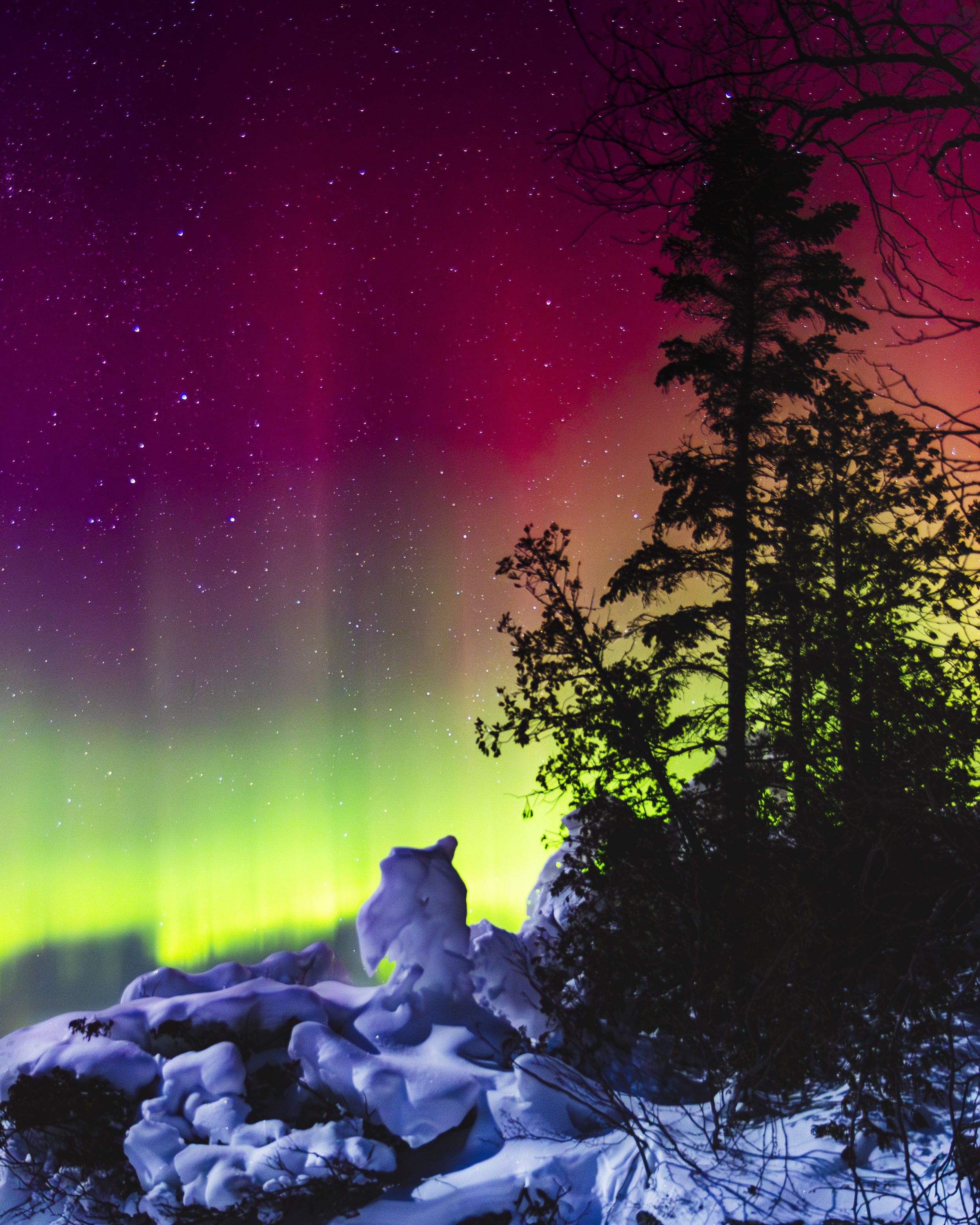An Uncommon Visitor After the Christmas Bird Count
Since the Christmas Bird Count (CBC) that took place in mid-December 2024, a rare visitor has been spending time near my home in Michigan’s Keweenaw Peninsula: the Northern Hawk Owl (Surnia ulula). This species (abbreviated as “NHOW” by birders) is almost never seen this far south. When a friend of mine first reported seeing not one, but two Northern Hawk Owls near the same location, it sparked skepticism in the local birding community.
Why Northern Hawk Owls Are Rare in the Keweenaw
Northern Hawk Owls typically remain in boreal forests far north of Michigan. They only reach the Upper Peninsula during major 'irruption years'—occasional large-scale movements caused by food shortages. Even during those years, many raptors detour around Lake Superior, opting for more accessible areas in northern Wisconsin, Minnesota, or eastern Michigan. For two NHOWs to appear in the Keweenaw is nearly unheard of.
Eyewitness Accounts and Skepticism
Despite multiple sightings and photographic documentation, many in the birding community continued to express disbelief about the presence of two birds in close proximity to each other. This type of skepticism, which is often unfounded, frustrated those of us who had observed the birds firsthand. I even created a series of four images, switching rapidly between the two birds to demonstrate they were perched in different trees and locations, but some birders still demanded a single frame with both owls.
Could These Northern Hawk Owls Be Breeding?
The story took an even more exciting turn when one of the owls landed in a tree above my truck and began to sing. This vocalization could be a sign of breeding behavior, a potentially rare and historic event for Michigan. The only known attempt of NHOWs breeding in Michigan was documented on Isle Royale, much closer to their native range. If these owls are setting up territory in the Keweenaw, it could be a groundbreaking development.
Listen to the Call
The call that I was able to record begins with a series of 'bouncing notes' about four seconds into the recording. Another bout, arguably clearer, happens around the 50-second mark. Accompanying species in the recording include Black-capped Chickadees (Poecile atricapillus) and Bohemian Waxwings (Bombycilla garrulus), adding natural ambiance to the experience.
Obviously, it takes, both, a male and a female to make a breeding pair. So, just because one bird is singing doesn’t mean it will find a mate. The other individual might be the same sex, for instance. For this species, both sexes sing - so, we can’t even really tell if this singing individual is male or female.
Join Me for a Guided Bird Photography Experience
If you’d like to see rare birds like the Northern Hawk Owl and improve your photography skills in the process, consider booking a guided experience with me. I offer wildlife photography sessions and educational tours (https://www.teoliver.com/excursions) throughout the Keweenaw Peninsula. Whether you’re interested in winter raptors, boreal species, or storytelling through images, I can help you find, photograph, and learn about these incredible creatures.
A Rare Winter Worth Watching
This winter has been extraordinary for all arctic and subarctic species that have arrived in the region. Snowy Owls, Great Gray Owls, Short-eared Owls, and more have been seen throughout the Great Lakes. It’s a perfect time to be outside with your camera and your curiosity. Join me - and let’s explore it together.
[Side Note: Although the date for this post is accurate for when this all occurred, I have actually delayed publishing it to my website and back-dated the post. I did this to fall in line with my desire to not release information too quickly because I value protecting the species I photograph. Releasing the information about the hawk-owl singing could have caused situations which would stress the bird unnecessarily].








